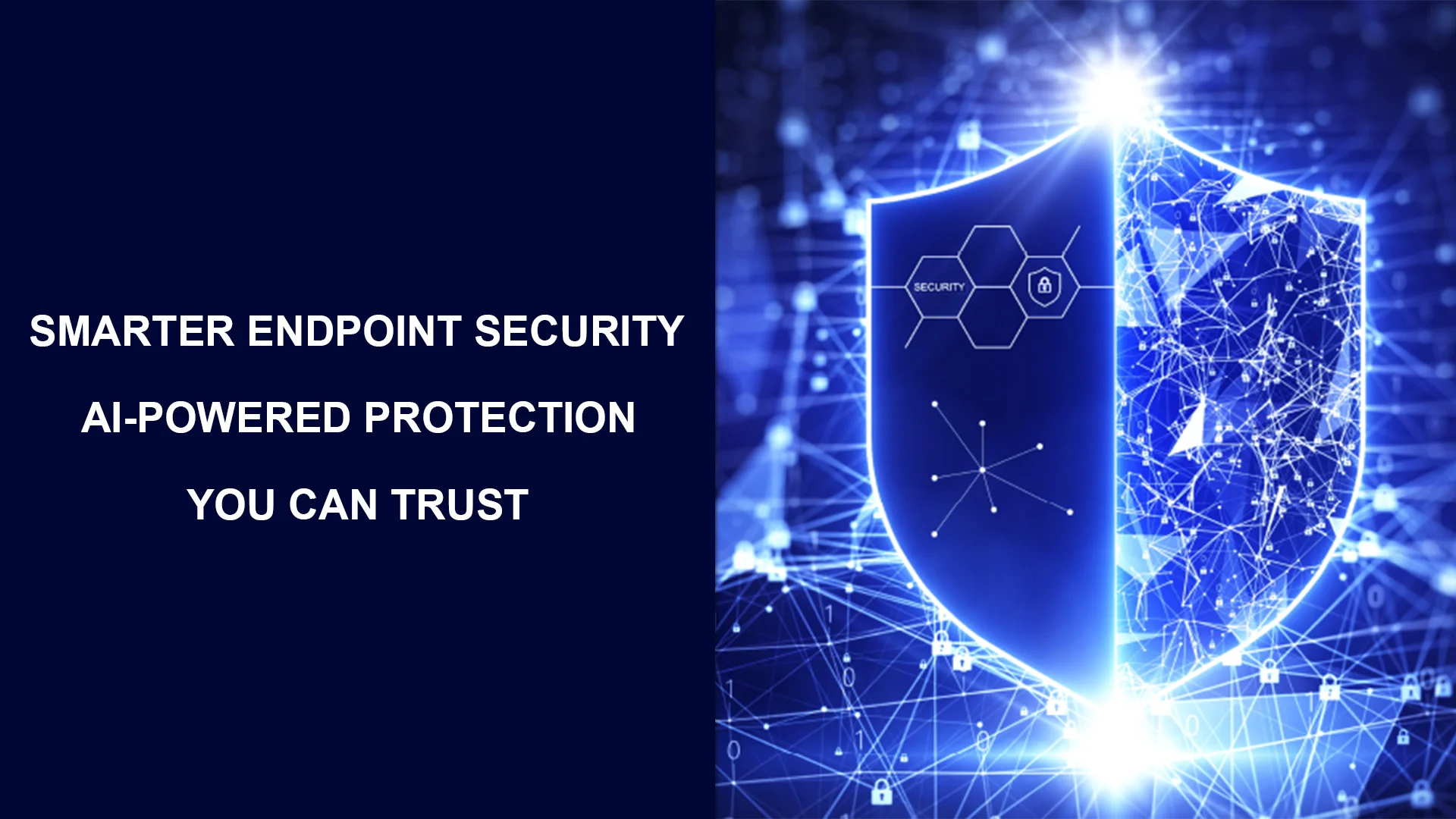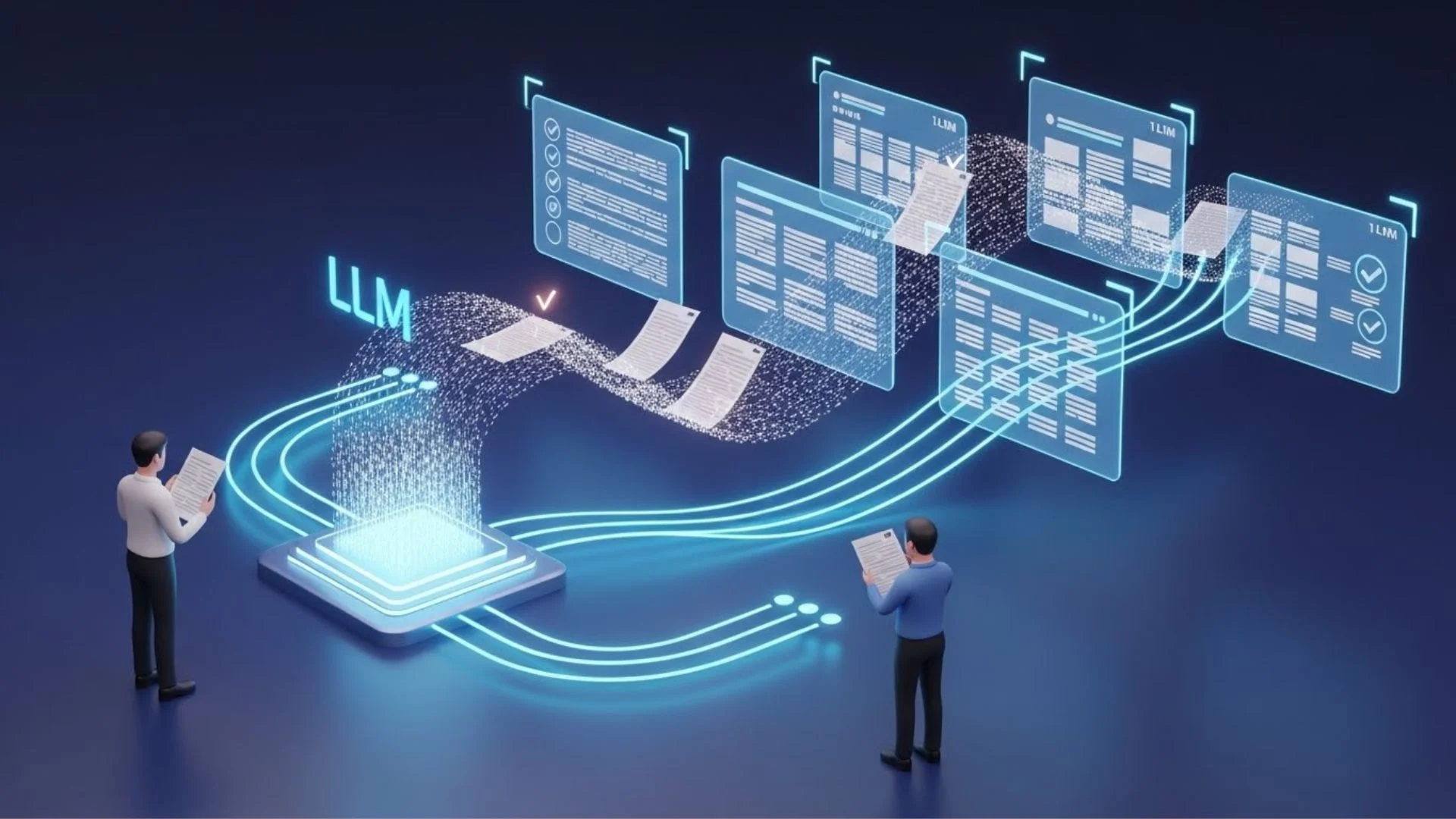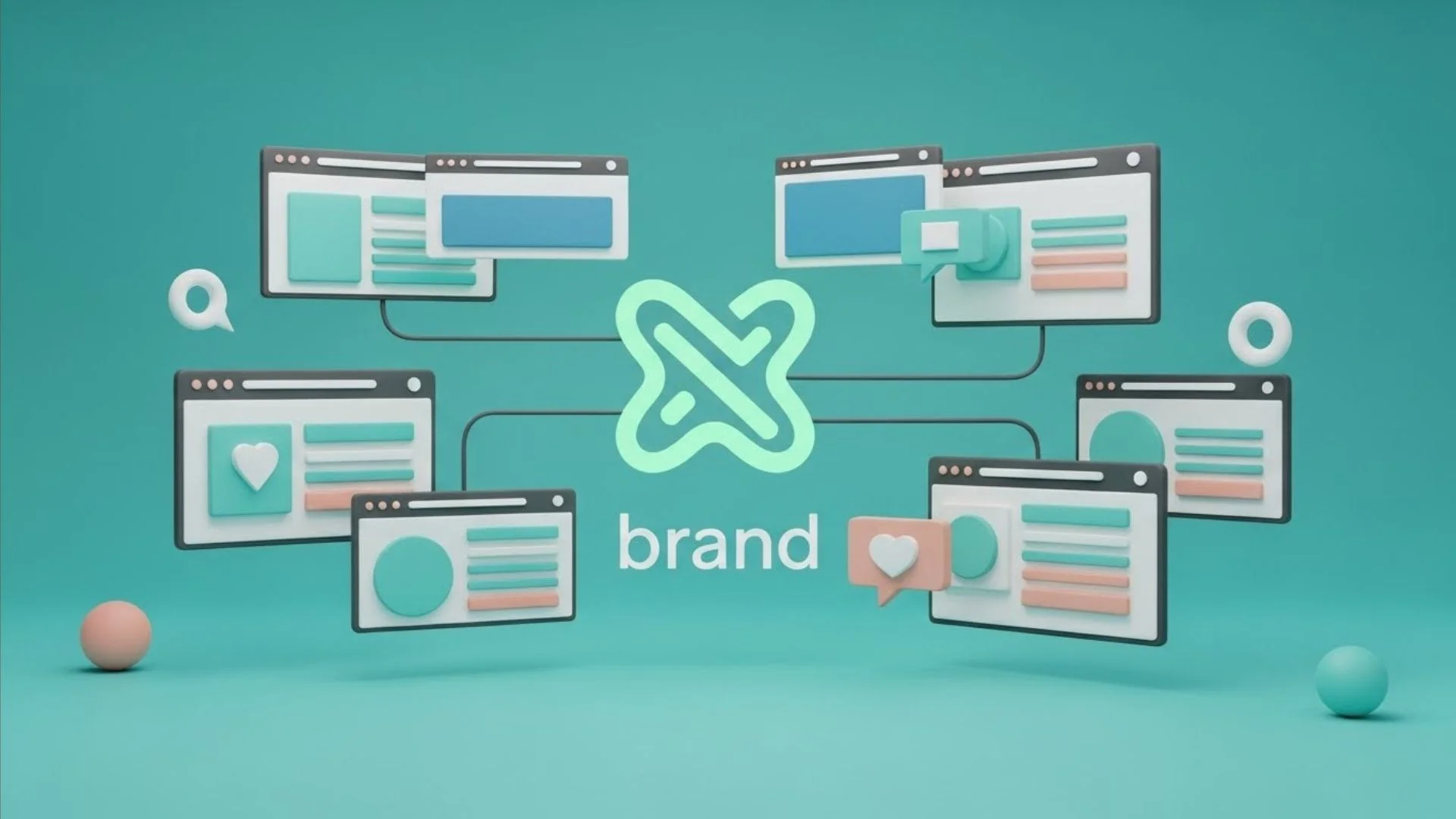That’s according to Neal Jetton, current director of the INTERPOL Cybercrime Directorate. The alarming speed at which it happens is attributed to artificial intelligence (AI), tailoring emails using public data to appear legitimate. And all it takes for a malicious activity to be successful is an unaware victim doing whatever the email says.
Cybersecurity encompasses multiple layers, not the least of which is the endpoint layer. This refers to the range of individual devices connected to the business’s IT infrastructure, such as desktop PCs, laptops, and mobile devices. Thus, endpoint security refers to the practices and solutions designed to protect them from unauthorized access.
Key Components
For most people, the first thing that comes to mind about endpoint security is antivirus software. While software is indeed a vital component, it isn’t the only one. An endpoint security solution consists of three elements.
- Endpoint Protection Platform (EPP) – installed on devices to detect and thwart malicious attempts at access, such as antivirus software
- Endpoint Detection and Response (EDR) – real-time monitoring of data entering the network; used for detecting cybersecurity threats beyond an EPP’s capabilities
- Extended Detection and Response (XDR) – correlation of data from layers other than the endpoint layer for more advanced threat detection and response
Some industry experts add a fourth component, namely managed threat detection and response (MTDR). This component is more of a service than hardware or software, as it involves the use of various managed services by Endurance IT and other managed service providers (MSPs). These range from IT consulting to security audits.
AI Innovations
Meanwhile, other experts argue that EDR is on its way out because of its reactive nature. With AI and other innovations giving birth to more advanced threats, traditional EDR solutions have fallen short of defeating them. Instead, they see Preemptive Endpoint Protection (PEP) or a proactive approach to threat detection to replace EDR in the future.
Whatever the case, antivirus protection alone is far from a complete security system (at least for businesses). EDR/PEP and XDR are typically within an IT professional’s expertise, but not all businesses can afford to keep an in-house IT team. That’s where MTDR comes in: third-party continuous monitoring for a fraction of the cost of doing it in-house.
The end result is IT secured at Aheliotech or other MSPs that, while not completely immune to cyberattacks, is extremely difficult to breach. Between industry-certified techs and 24/7 threat monitoring and response, a well-protected IT system makes for a less attractive target for attackers.
The Rollout Process
Introducing an endpoint security system typically consists of four steps.
The first step is deployment, which involves installing what’s called a “resource footprint agent” on every connected endpoint. This tool collects data on the endpoint’s resource consumption and compares it with the endpoint security solution’s system requirements.
Once the EPP is installed on every endpoint device, centralizing or onboarding all of them into a centralized management console comes next. This is known as a unified endpoint management system, and it makes routines like threat detection and response and system updates easy.
After that, endpoint security steps out of its layer for a while to secure the internal network. Some common practices under this step include restricting access to suspected websites and weeding out email spam.
While rollout ends with the above step, endpoint protection is a never-ending cycle of threat detection and response. Every member of the business—not only IT professionals—has a part to play in maintaining the security of all endpoints and the IT infrastructure as a whole. This is important as some sophisticated threats can slip past an IT team’s gaze.
Best Practices
No sound endpoint security strategy can be achieved without the latest technologies and practices. Without a good security policy and training, maximizing the tech’s potential will be nigh impossible. Without state-of-the-art endpoint security tools, employees will be prone to committing simple but costly mistakes.
1. Principle of Least Privilege
It’s important to ask yourself, “Does this certain employee need access to that file?” If not, it pays to limit their access to the data unless their work requires otherwise. This is the rationale behind the principle of least privilege, simply known as least privilege.
Limiting the number of users with endpoint access to certain data also limits the number of ways hackers can intrude into the network. Most attacks involve stealing a user’s credentials to gain access. One recent example is the infostealer malware, which has reportedly stolen over four billion passwords as of this writing.
To implement least privilege, endpoint protection should restrict access to certain data to corporate devices used for logging in privileged accounts. Additionally, the accounts’ credentials should be secured in their own secure storage away from standard-access accounts.
2. Employee Training
Amid the progress of technology, old-fashioned deception continues to be dangerous. Most attacks are social engineering attacks, swaying victims into giving them the data they want. If anything, it’s more dangerous than ever, as one study discovered that younger generations are getting less confident about spotting cyber trickery.
No amount of cybersecurity tech can mitigate such a security risk—only thorough training can. Managers can arrange training sessions that discuss the methods threat actors use to deceive their victims, raising awareness among the staff. Knowing that such security threats exist is a step toward protecting themselves from them.
Training also helps foster a strong culture of cybersecurity. Ingrain important security routines through endless practice, even after they become muscle memory to the staff. Crafting a game out of the training session also works.
3. Network Segmentation
The more tech a business deploys, the more backdoors perpetrators have at their disposal. Today, the typical digital office contains equipment ranging from Voice over Internet Protocol (VoIP) phones to Wi-Fi. Perpetrators who can’t get through one attack vector will seek another—and much weaker—one.
Instead of a “flat” network where everything is connected, experts recommend dividing the entire IT infrastructure into network zones based on endpoints. For example, VoIP communications constitute one zone, or the regular employee’s workstation should be separate from that of the IT professional. This is known as network segmentation.
Setting up a segmented corporate network will take some time and need more resources. But the extra investment is a small price to pay for lasting defense against cyber threats.
Conclusion
Endpoint security is by no means the most crucial aspect of cybersecurity, but it’s no less important than others. Computers, mobile devices, and other types of endpoints must be equipped with sophisticated EPPs and constantly monitored through EDR/PEP and XDR. For businesses that can’t build in-house endpoint solutions, an MSP is a great alternative.
nandbox App Builder
A vital component of any contemporary digital infrastructure, endpoint security guarantees that any device linked to a network is shielded from cyberattacks. nandbox App Builder lets companies include endpoint security elements straight into their mobile apps—without coding a single line. This lets app managers track device access, implement security policies, and protect critical data in real time. Combined with AI-powered assistance, nandbox allows smart threat detection and quick reaction, hence lowering vulnerabilities and improving general system resilience. Using nandbox, companies can create scalable, safe applications safeguarding data across all endpoint as well as users.





